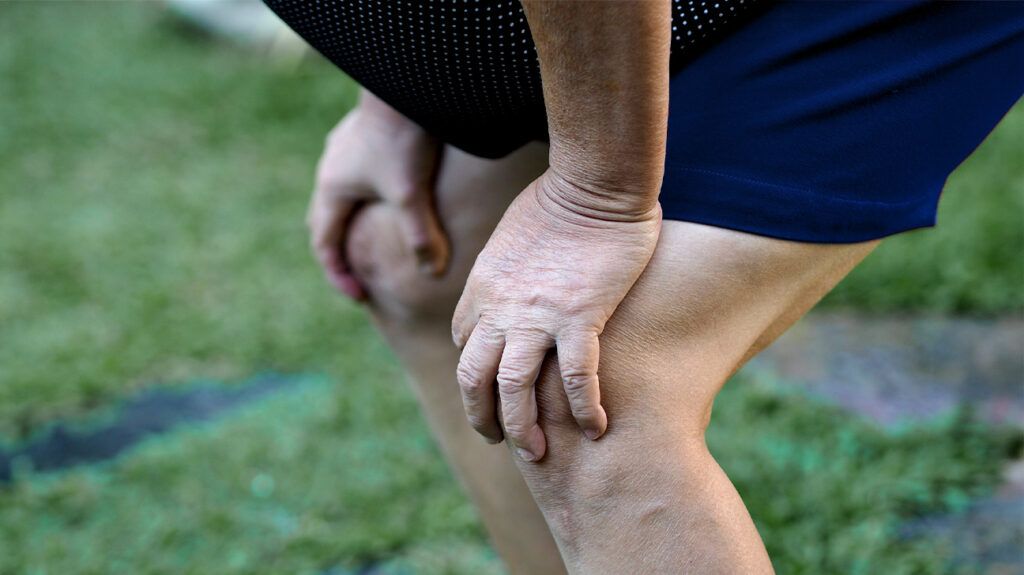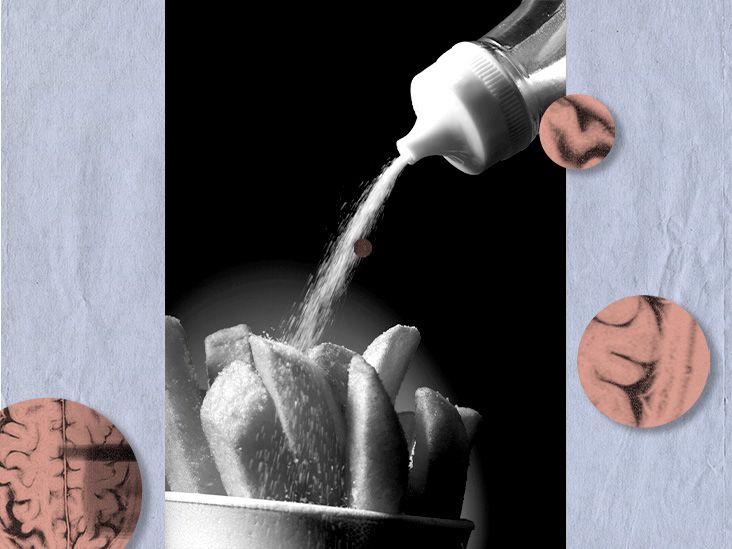A Baker’s cyst is a sac of fluid that forms behind the knee. Although they often resolve independently, exercises, home remedies, and other treatments may be required if they are painful or limit movement.
Baker’s cysts, also known as popliteal cysts, tend to feel hard when the knee is fully extended and soft when the knee is bent. Physical therapists call this change in density Foucher’s sign.
Most Baker’s cysts cause no symptoms and often resolve independently. However, treatment may be necessary if the cyst causes pain or limits movement.
This article examines exercises and other self-care tips that may help manage Baker’s cysts.

Exercises that preserve the knee’s range of motion may ease pain and prevent muscle weakness.
However, before exercising for a Baker’s cyst, speak to a doctor or physical therapist. The wrong exercise may injure the knee, intensifying pain.
The following exercises may benefit a person with a Baker’s cyst:
Standing calf stretch
- Stand straight in front of a chair or another heavy piece of furniture, and use it for balance if necessary.
- Step back with the right leg, then bend both knees until there is a stretch.
- Hold this stretch for 20 seconds, then switch sides.
Heel lift
- Sit in a chair with both feet flat on the floor and the knees at a 90-degree angle.
- Lift one heel while keeping the ball of the foot on the floor.
- Push the top of the knee down to flatten the foot. Repeat this 10 times, then switch sides.
Calf stretch
- Sit on the floor with the legs extended straight out in front of you.
- Loop a towel or exercise band under the balls of the feet, then gently pull backward.
- Hold the stretch for 10 seconds, then switch sides.
Walking
Baker’s cysts often form after a knee injury. Walking may help a person gradually regain strength and mobility during recovery. However, if a person needs to change their gait or contort a knee into an unusual position to walk comfortably, it may not be safe.
However, to avoid injury, it is important to consult a doctor or physical therapist before engaging in any practices that aggravate the knees.
Stationary biking
Even more so than walking, a stationary bike can help people exercise without putting pressure on the knee joint.
The following home care strategies may help alleviate symptoms of a Baker’s cyst or prevent one from forming:
- Apply hot or cold packs to the cyst to reduce pain and swelling.
- Take nonsteroidal anti-inflammatory drugs such as acetaminophen or ibuprofen.
- Avoid any activities that cause pain. If walking is painful, use crutches to reduce pressure on the injured knee.
- Gently massage the area around the cyst to ease any pain and help reduce inflammation.
A Baker’s cyst often appears following a knee injury. Preventing knee injuries is, therefore, the best way to prevent these cysts from developing.
To avoid injuring the knee:
- Wear supportive shoes that fit well.
- Warm up before exercise and sports, and cool down afterward.
- Refrain from exercising on a knee that is already tender and painful.
- Seek treatment for any knee, leg, or foot injuries — an injury to one area of the body can increase the risk of falls and further harm.
Baker’s cysts
Conditions such as osteoarthritis cause inflammation in the knee and the accumulation of fluid – as the fluid builds up, pressure builds up in the joint space, and it can find a space outside of the knee (called the baker’s cyst) – this is behind the knee joint
Anyone can get a Baker’s cyst, but they are more likely to form in adults ages
Risk factors include:
- Overuse and injury: Injuries such as falls or sudden blows, as well as chronic overuse, can cause these cysts. They often form when there is a tear in the knee’s cartilage.
- Degenerative joint diseases: People with rheumatoid arthritis and osteoarthritis may be more likely to develop these cysts.
Even if a Baker’s cyst is not causing symptoms, it is important to see a doctor for an accurate diagnosis. Other conditions, including deep vein thrombosis, a dangerous blood clot, can mimic features of a Baker’s cyst.
It is also important to see a doctor if:
- The cyst appears to be growing.
- The cyst becomes painful.
- The cyst makes it difficult to walk or move the knee.
- Treatment stops working.
- Symptoms get worse.
- The cyst causes numbness in the knee or leg.
Pain or numbness can occur when cysts grow large enough to press on surrounding structures, damaging blood vessels or nerves. Anyone interested in using exercise to ease pain and improve mobility should consult a doctor or physical therapist.
It is especially important to seek expert guidance before trying rigorous weight-bearing exercises.
If a Baker’s cyst is causing pain and not responding to remedies and exercises, a doctor may recommend other treatment methods.
Corticosteroid injections may temporarily relieve pain and support healing. If they do not work, the doctor may use a needle to extract the fluid from the cyst.
If these treatments are ineffective, the doctor may recommend surgery to remove the cyst. This would prevent it from refilling with fluid or swelling so much that it injures the knee joint or affects the person’s ability to walk.
In cases of severe knee degeneration, a total knee replacement is an option. This process removes osteoarthritis – the source of the inflammation that causes fluid buildup. After a total knee replacement, the baker’s cyst goes away.
While most Baker’s cysts do not cause symptoms, some can cause swelling and pain. Various remedies, exercises, and medical treatments can help resolve the inflammation causing these cysts.
It is important to consult a doctor about any new lump or bump on the body before treating it at home.


